Ceramic tile is a timeless and versatile material that has been used in homes for centuries. Whether you’re renovating a bathroom, kitchen, or outdoor space, ceramic tile offers endless possibilities for creating stunning and durable surfaces. In this comprehensive guide, we will explore the history of ceramic tile, its benefits and drawbacks, different types of ceramic tile available, installation methods, maintenance tips, and design ideas to inspire your next home improvement project.
.
History of Ceramic Tile: Ceramic tile has a rich history that dates back to ancient civilizations such as the Egyptians, Greeks, and Romans. These early cultures used clay and other natural materials to create tiles for decorative and functional purposes. Over time, ceramic tile production techniques evolved, leading to the vibrant and diverse range of tiles available today. From traditional hand-painted tiles to modern digitally printed designs, ceramic tile continues to be a popular choice for homeowners and designers alike. Benefits of Ceramic Tile: One of the main advantages of ceramic tile is its durability. Ceramic tile is resistant to scratches, stains, and moisture, making it ideal for high-traffic areas such as kitchens and bathrooms.
..
Additionally, ceramic tile is easy to clean and maintain, requiring only regular sweeping and occasional mopping to keep it looking like new. Ceramic tile is also available in a wide range of colors, patterns, and sizes, allowing for endless design possibilities to suit any style or aesthetic preference. Drawbacks of Ceramic Tile: While ceramic tile offers many benefits, it also has some drawbacks to consider. For example, ceramic tile can be cold underfoot, especially in colder climates, making it less comfortable to walk on barefoot. Additionally, ceramic tile can be prone to chipping or cracking if heavy objects are dropped on it. Grout lines between tiles can also be a challenge to keep clean, requiring regular maintenance to prevent discoloration or mold growth. Despite these drawbacks, many homeowners find that the benefits of ceramic tile outweigh these minor inconveniences. Types of Ceramic Tile: There are several types of ceramic tile available, each with its own unique characteristics and uses. The most common types of ceramic tile include: 1. Porcelain Tile: Porcelain tile is made from a denser clay that is fired at a higher temperature, making it extremely durable and water-resistant. Porcelain tile is suitable for both indoor and outdoor applications and is available in a variety of finishes, including matte, glossy, and textured. 2. Glazed Tile: Glazed ceramic tile has a layer of liquid glass applied to the surface, giving it a shiny and reflective finish. Glazed tile is easy to clean and comes in a wide range of colors and patterns, making it a popular choice for kitchen backsplashes and bathroom walls. 3. Unglazed Tile: Unglazed ceramic tile is porous and more prone to staining, but it offers a natural and rustic look that is popular in outdoor spaces such as patios and pool decks. Unglazed tile can be sealed to improve its resistance to moisture and stains.
…
4. Terracotta Tile: Terracotta tile is a type of unglazed ceramic tile made from natural clay that is fired at a low temperature. Terracotta tile has a warm and earthy appearance that adds a rustic charm to any space. Terracotta tile is often used in Mediterranean and Spanish-style homes for a timeless and authentic look. Installation Methods: Installing ceramic tile requires careful planning and preparation to ensure a long-lasting and beautiful finish. There are several installation methods to consider, depending on the type of tile, location, and substrate. The most common installation methods for ceramic tile include: 1. Thinset Mortar: Thinset mortar is a cement-based adhesive that is used to bond the tile to the substrate. Thinset mortar is suitable for most indoor applications, including floors, walls, and countertops. Before applying thinset mortar, the substrate should be clean, flat, and free of debris to ensure proper adhesion. 2. Mastic Adhesive: Mastic adhesive is a pre-mixed adhesive that is commonly used for small ceramic tile installations such as backsplashes and wall tile. Mastic adhesive is easy to use and cures quickly, making it ideal for DIY projects. However, mastic adhesive is not recommended for wet or high-heat areas, as it can break down over time. 3. Grout: Grout is a mixture of cement, sand, and water that is used to fill the joints between tiles. Grout comes in a variety of colors and finishes to complement the tile’s design. After installing the tile, apply grout with a rubber float, pressing it into the joints and wiping away excess grout with a damp sponge. Allow the grout to cure before sealing it to prevent staining and water damage.
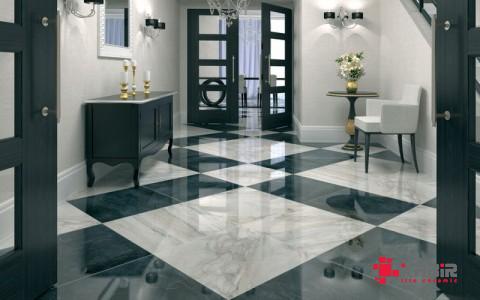
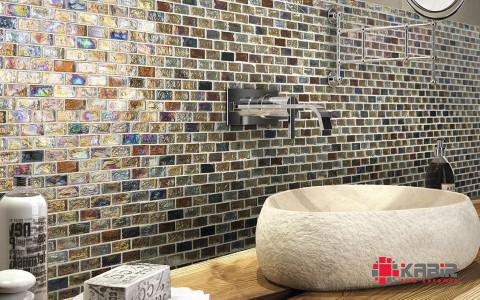
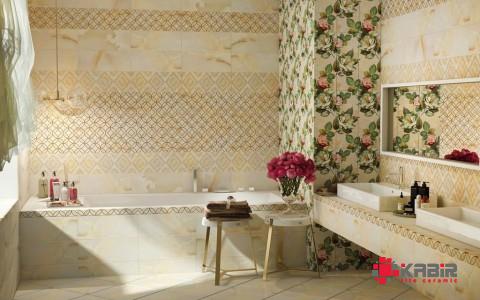
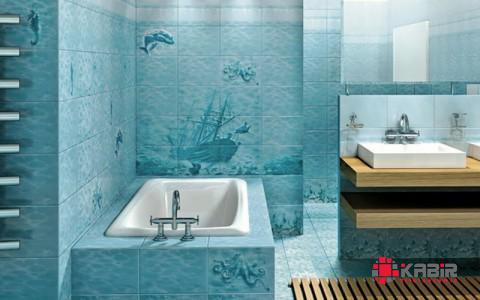
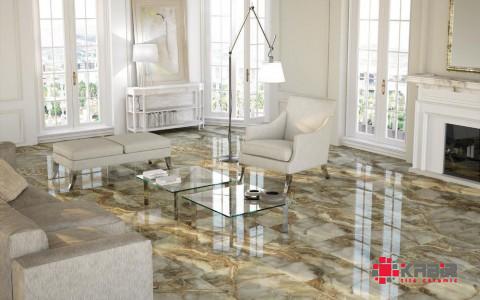
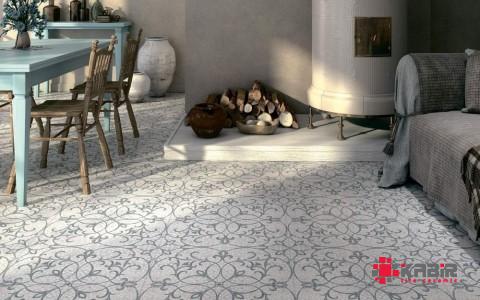



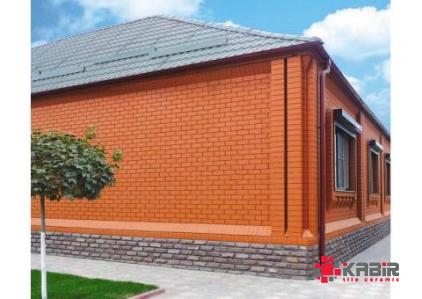
Your comment submitted.